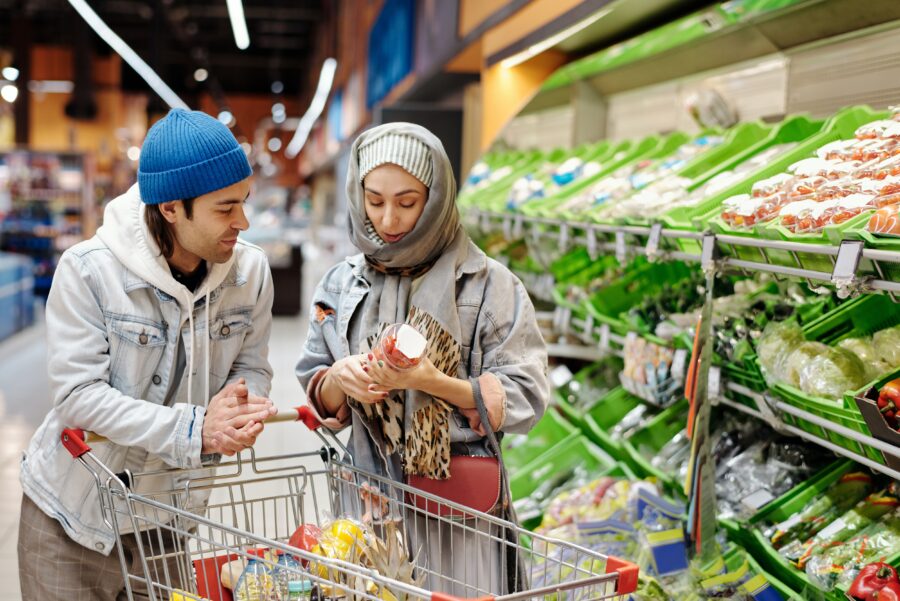The coming year could be a turbulent one as grocers navigate economic uncertainty while also benefiting from shoppers’ return to stores in a post-pandemic environment.
The current environment is expected to have a major impact on delivery preferences and those preferences are expected to be more fragmented, which could provide opportunities for retailers who act on these changes and problems for those who fail to recognize them.
PRICE INCREASES FOR DELIVERY
Inflation will remain top-of-mind as we enter 2023, much as it has throughout 2022. Where things may change is home delivery—the popularity of this service skyrocketed during lockdowns and remains elevated, but home delivery can eat into margins and “the economics of last-mile delivery logistics are just too tough to continue this indefinitely,” according to Stefan Kalb, CEO of Shelf Engine, who expects shoppers to assume a larger share of the associated costs in 2023.
“Food retailers will take a variety of approaches to introducing price increases for delivery services,” Kalb said. “They may follow Amazon’s lead with Whole Foods and bring in fees. They may set a higher minimum on the order size to qualify for free shipping. They may bundle free deliveries as a feature for a paid service or premium subscription, like Walmart+.
“Grocers may take other approaches to keep expenses down, such as limiting service to more cost-effective areas like densely populated urban regions or partnering with a third-party fleet like Uber or Instacart,” he added.
Retailers aren’t the only ones cutting costs, and cost-conscious shoppers are more likely to shop in-store or utilize curbside pickup to save on delivery fees, according to Kalb. Millennials are already the biggest users of digital grocery services, and he expects the divide between young and old shoppers to grow in the coming year.
FRAGMENTATION OF LOYALTY
Kalb believes smaller wallets are also taking their toll on loyalty as shoppers look for the best deal regardless of store or brand. While this fragmentation of loyalty can seem intimidating, it provides a great opportunity for grocers who know how to connect with price-conscious consumers.
Showcasing the quality of your private label brands is a proven strategy, but retailers can also look at other, more unique approaches.
“Grocers can also think more carefully about how to communicate things like price per serving (to emphasize the value of bigger/bulk packs) and initiatives that reduce in-home food waste,” Kalb said. “Consumers are more aware than ever of having to throw food away because of poor planning. Retailers that show that they are working hard to help customers stretch the household food budget will gain share.”
Economic uncertainty tends to bifurcate shoppers, with high-end and off-price grocers thriving while those in the middle struggle as their customer base trades down. Kalb noted that mid-range companies can still differentiate themselves, however, with their unique product offerings.
PREPARED FOOD HIGHLY VALUABLE
Private label is once again very important—and, at 17.4% of sales, there’s room to grow—but there are multiple avenues for success. Freshness is one key area where local grocers can find products their national competitors don’t offer, and they also can look for other ways to boost their value proposition.
“Prepared food is highly valuable to consumers, and they’re still willing to pay a premium for that convenience,” Kalb said. “Mid-range retailers can carve out a specialty in products that save shoppers time. Those could be anything from premade, seasoned hamburger patties to cut produce.”
“Going one step further, grab-and-go meals appeal to customers who have cut back on their restaurant budgets due to inflation,” he added. “Increasing foodservice offerings will grow a retailer’s traffic.”












